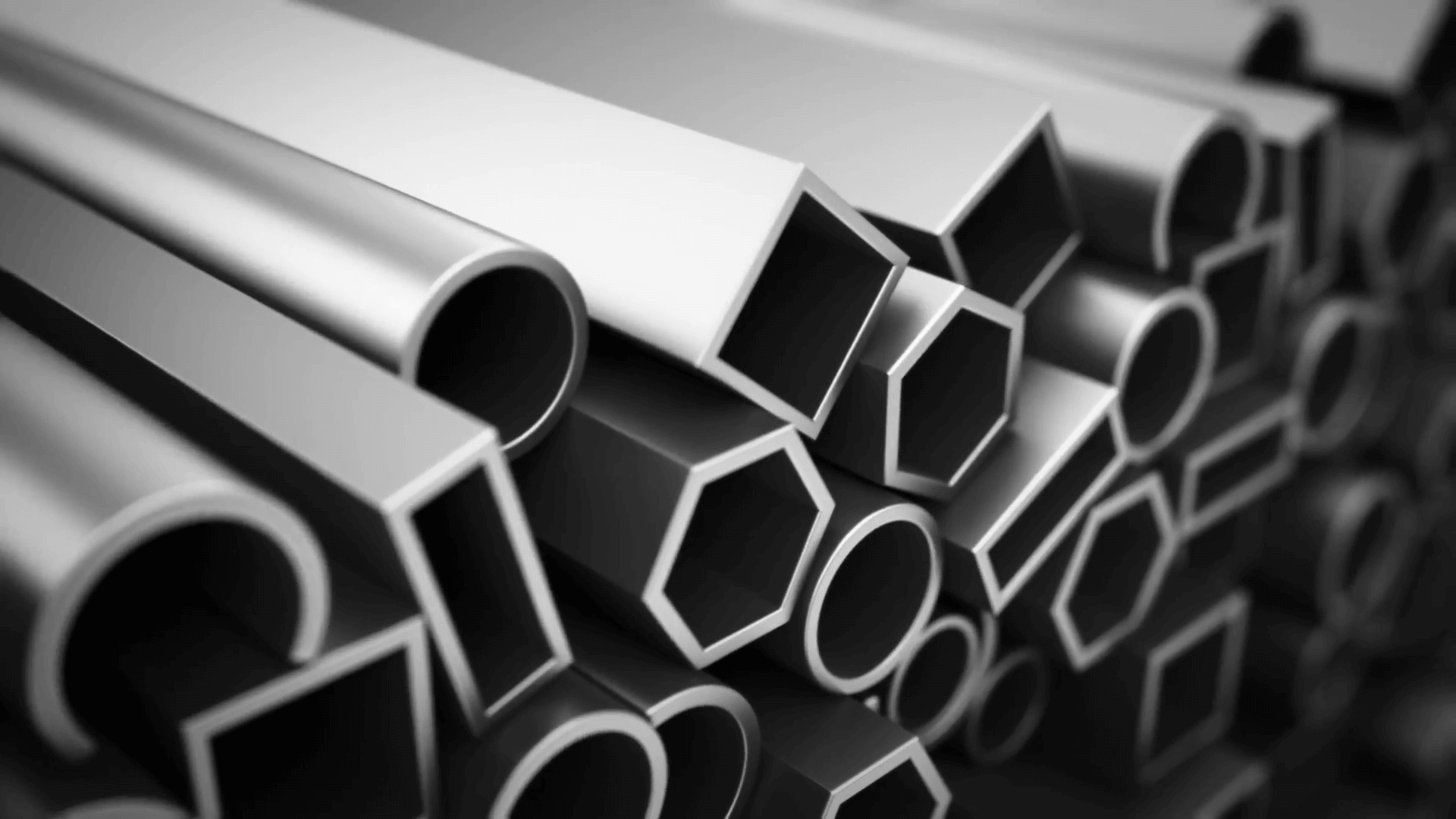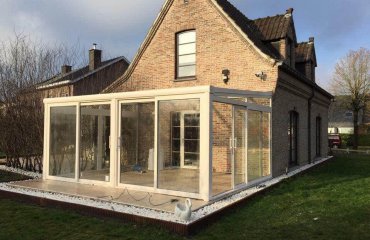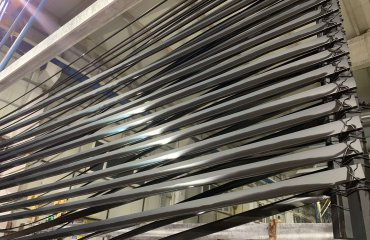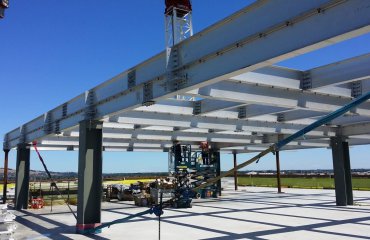 Aluminum alloys : properties and treatment of metals.
Aluminum alloys : properties and treatment of metals.
Aluminium alloys. Aluminum is a highly sought after metal both in construction and in other fields of human activity. However, in pure form it is used very rarely. Aluminum alloys are most commonly used.
Aluminum alloys : properties and treatment of metals.
All aluminium alloys can be divided into cast and deformable.
The first type is produced by the melting method, and the pressure is used for the production of alloys of the second type. Foundry aluminum alloys are often represented by a combination of aluminum and silicon. Such metals are durable, have high corrosion resistance, well cut. Forged alloys, among them is known duralumin, which consists of aluminum, magnesium and copper. Wire, profile, sheets, tape are made of this metal. It is possible to process the presented alloy in any way.
The properties of aluminum alloys can be divided into
physical, mechanical and chemical. In terms of physical properties, alloys have almost the same density as aluminum itself. They have high strength that can compete with titanium and steel. But here it is necessary to take into account that the melting point of the alloys is small (it is about 200 degrees). It is worth noting that the aluminum alloys have good thermal conductivity, they conduct electricity remarkably, are well welded and corrosion resistant, although in pure aluminum these properties are much higher.
As for the mechanical properties, they become higher as the doping rate increases. The presented aluminum alloys are used for construction of structures with small and medium load. It is worth noting that the properties of alloys change greatly after heating to a certain temperature, which determines and uses. aluminium alloys
Since alloys must be machined before use and in order to create certain structures, the elements of the alloys must be welded, attention must be paid to the fact that the welding of aluminum alloys has certain characteristics. The process has some difficulties:
– alloys are difficult to weld due to the oxide film that appears on the metal surface (often contaminates the seam, which prevents the normal fusion of the edges of the metal); aluminium alloys
– the oxide film and the alloy itself have different melting points and the difference can be significant;
– As the casting expansion of aluminum is quite high, after welding the metal can be seriously deformed;
– the alloys have high fluidity, so threads may occur when welding on metal.
Carbon or metal electrodes are mainly used for welding alloys. The process is carried out by means of a direct current with reverse polarity. Before working, the welded surface must be treated with acetone or gasoline and cleaned with a steel brush. For better welding it is necessary to heat the welding parts to a certain temperature (200 degrees). To get a good weld after welding, cool it slowly. aluminium alloys



